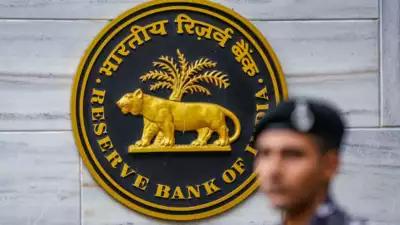RBI's Strategy Amid Rupee Volatility
In a move to stabilize the Indian currency, the Reserve Bank of India (RBI) has decided to retain its policy of currency market intervention. This decision comes at a time when the rupee has been experiencing significant volatility, hitting a new low against the dollar.

Dealers have pointed out that the non-deliverable forward (NDF) market is exerting pressure on the rupee. The NDF market allows participants to speculate on the future exchange rate of the rupee without directly trading the currency, leading to increased demand for dollars and further pressure on the rupee.
Impact on Foreign Exchange Reserves
The RBI's aggressive intervention in the market has led to a significant drop in India's foreign exchange reserves, from a peak of over $705 billion in September to $635 billion by the end of December. This intervention aims to defend the Indian currency against an appreciating dollar but has also led to liquidity issues and criticism for putting pressure on interest rates.
Looking Ahead
Despite the challenges, a weaker currency could benefit exports, provided that other currencies move in a similar direction. The RBI, in close coordination with the Centre, continues to focus on maintaining price stability and ensuring that retail price inflation remains close to its target of 4%.









Comments